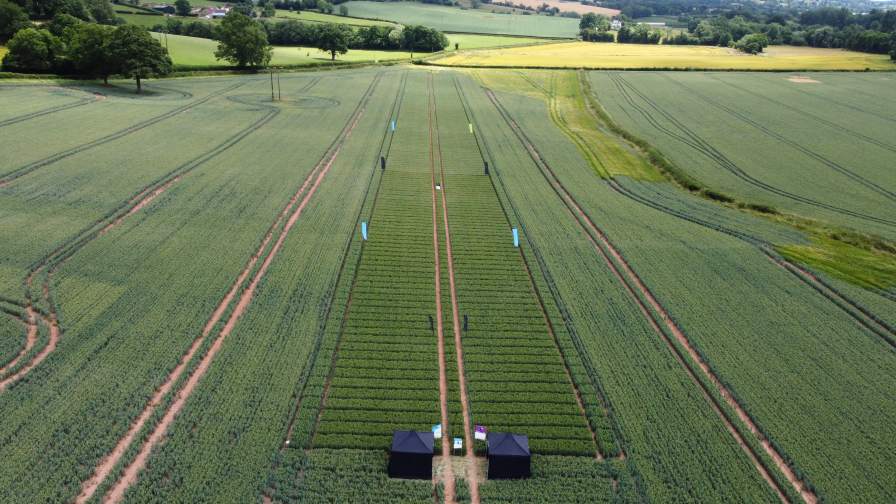Scaling RNA Technology for Sustainable Crop Protection
Ribonucleic acid (RNA)-based solutions use RNA interference (RNAi) a natural process to select and silence specific genes in pests, pathogens and plants for targeted biological outcomes.
AgriBusiness Global talked with Mark Singleton, Chief Commercial Officer and General Manager for GreenLight Biosciences, to discuss the company’s plan to scale up its RNA manufacturing platform.
ABG: GreenLight Biosciences’ RNA manufacturing platform is for large-scale production. What key advancements or milestones do you aim to achieve with this platform in 2025, and how will it impact the availability and cost of RNA-based products for agriculture?
Mark Singleton: In 2025, we’re launching the first phase of our full-scale manufacturing facility, which will greatly expand our capacity — about 20 times larger than our current pilot plant. The facility retrofit is expected to be complete by mid-year, enabling us to produce more cost-competitive RNA-based products. This scale-up, along with process improvements like optimizing nucleotide processing, will reduce costs and enhance efficiency.
ABG: With increasing consumer pushback and regulatory scrutiny on chemical pesticides, how does GreenLight see RNA technology playing a role in addressing these challenges, particularly in large-scale crops and high-value produce?
MS: RNA technology excels in meeting key regulatory and environmental criteria: it degrades rapidly, is highly selective, and has low toxicity. These attributes make it an ideal alternative to traditional pesticides. While some worry about performance or spectrum limitations due to RNA’s rapid degradation, we focus on designing solutions that preserve its strong environmental and safety profile.
ABG: Which specific products or projects are you prioritizing for development or commercialization in 2025? How will these initiatives support growers in transitioning to sustainable crop protection methods?
MS: In 2025, we’re expanding RNA’s applications across fungicides, insecticides, acaricides, and herbicides, while exploring its potential to address abiotic stress. Transitioning lab research into applied studies is key to ensuring real-world effectiveness. Beyond our first product, we have a robust pipeline of projects nearing commercialization.
ABG: GreenLight emphasizes collaboration with academic and industry partners. Are there any new partnerships or ongoing efforts that will be pivotal to your 2025 goals, especially as you look to broaden the reach of RNA-based solutions?
MS: Partnerships play a critical role in our growth. We’re actively seeking collaborators to extend our reach beyond current markets in the U.S., Latin America, and Europe. Research partnerships are also advancing our understanding of RNA’s long-term safety and efficacy. These collaborations help us address regulatory and public concerns while broadening our portfolio.
ABG: Given GreenLight’s mission to “challenge for the better,” how does your team envision the company’s long-term impact on sustainable agriculture? What goals are you setting for 2025 to further this mission and address the evolving demands of the global crop protection market?
MS: Our long-term vision is to make RNA technology a cornerstone of sustainable agriculture. In 2025, our focus is on scaling manufacturing, expanding applications, and introducing innovative solutions that address both performance and environmental concerns. By providing growers with effective, low-residue products, we aim to empower them to make decisions based on value rather than cost. This aligns with our mission to drive meaningful change in crop protection while advancing environmental stewardship.






